2005
Violence erupted again after another contested election on 31 October 2005, with the CUF claiming that its rightful victory had been stolen from it. Nine people were killed.
Following 2005, negotiations between the two parties aiming at the long-term resolution of the tensions and a power-sharing accord took place, but they suffered repeated setbacks. The most notable of these took place in April 2008, when the CUF walked away from the negotiating table following a CCM call for a referendum to approve of what had been presented as a done deal on the power-sharing agreement.
In November 2009, the then-president of Zanzibar, Amani Abeid Karume, met with CUF secretary-general Seif Sharif Hamad at the State House to discuss how to save Zanzibar from future political turmoil and to end the animosity between them. This move was welcomed by many, including the United States. It was the first time since the multi-party system was introduced in Zanzibar that the CUF agreed to recognize Karume as the legitimate president of Zanzibar.
A proposal to amend Zanzibar’s constitution to allow rival parties to form governments of national unity was adopted by 66.2 percent of voters on 31 July 2010.









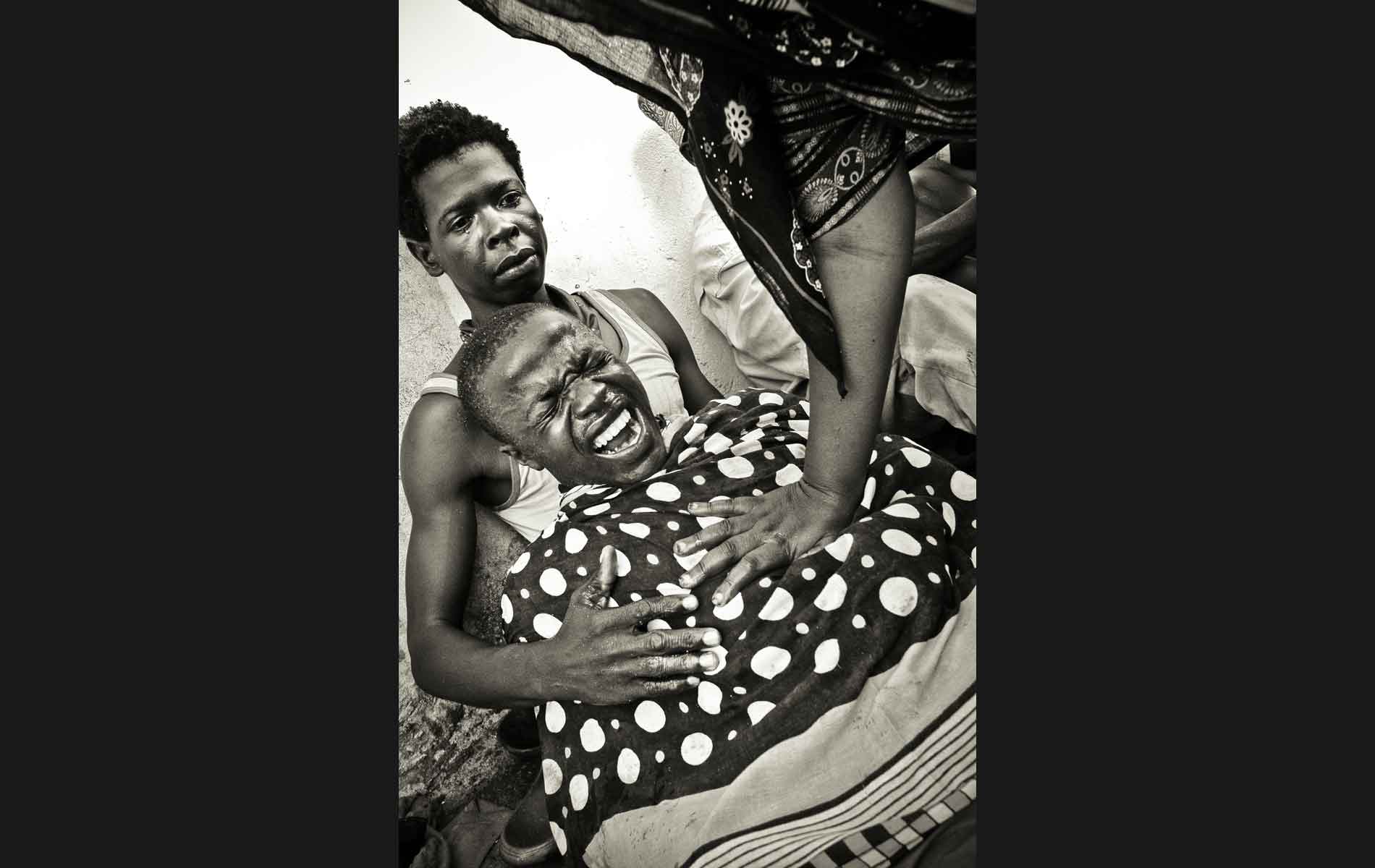
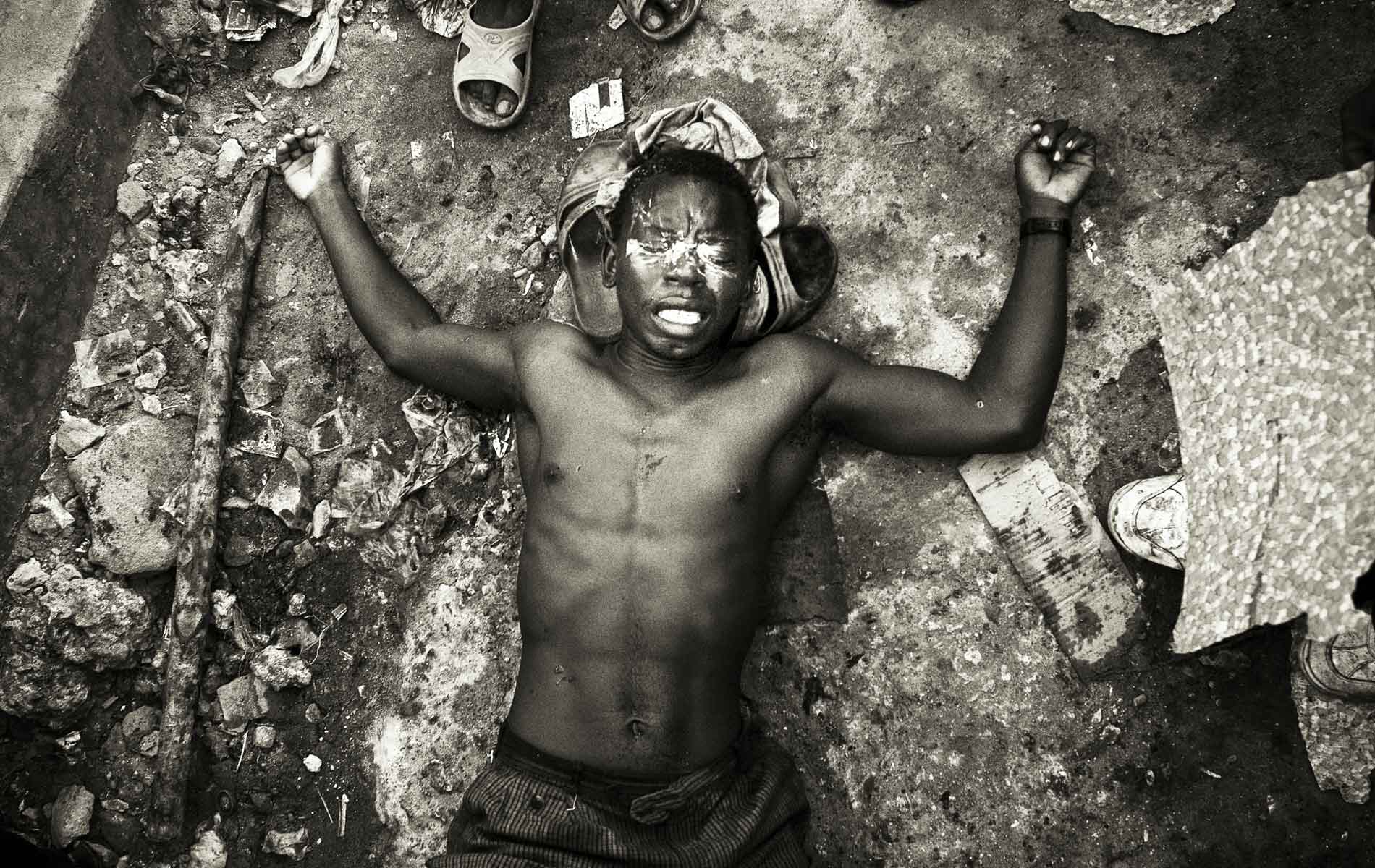




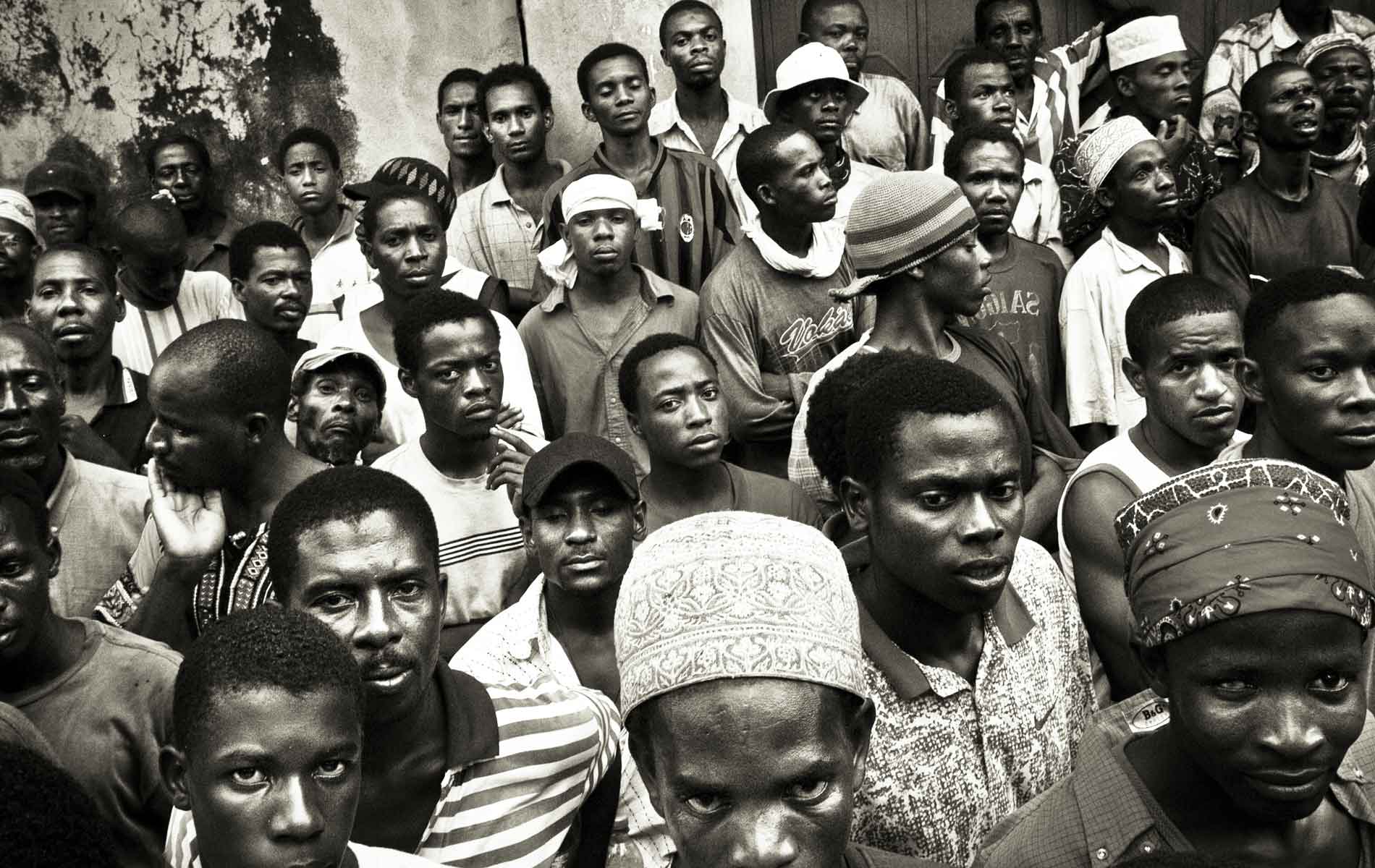
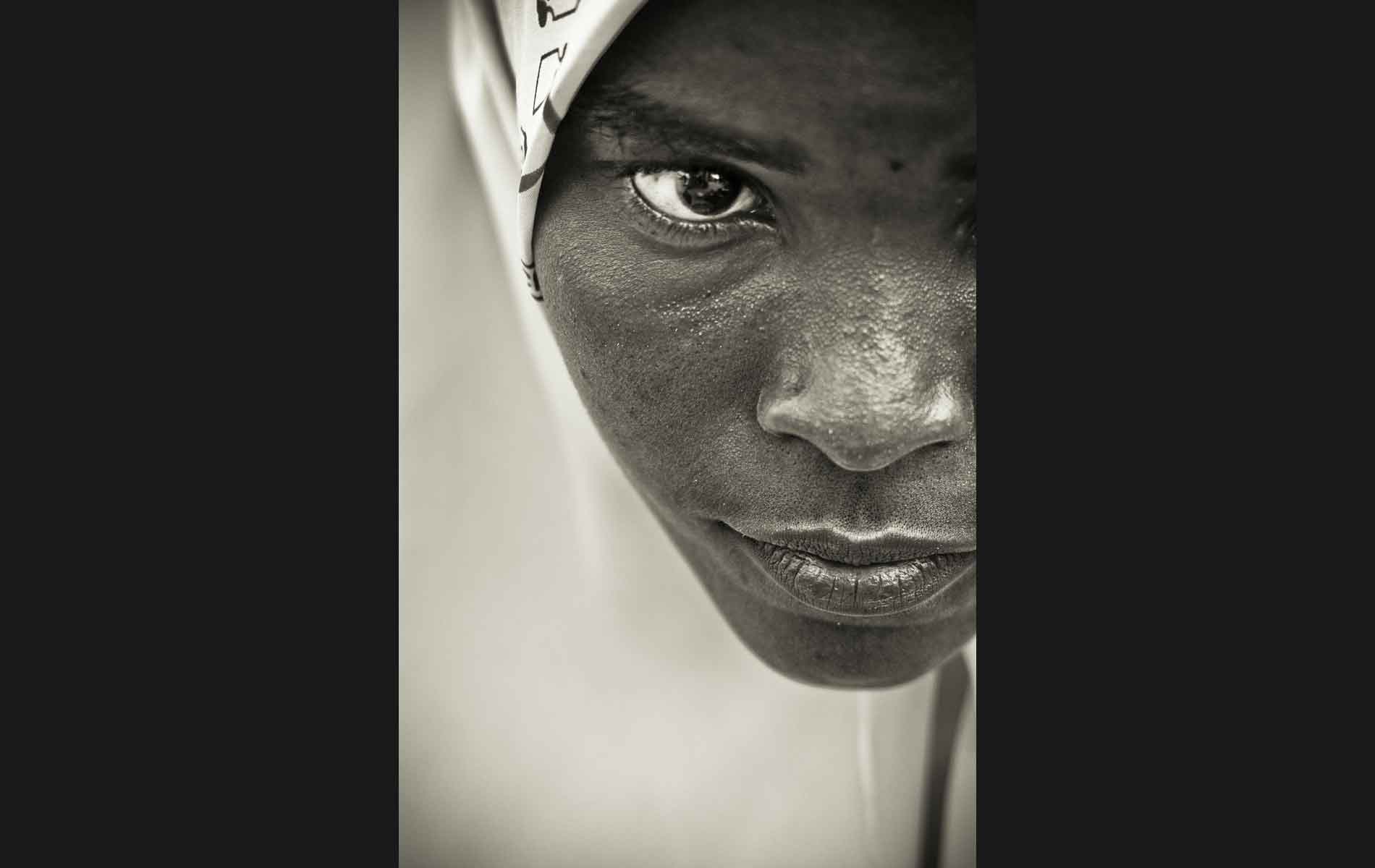
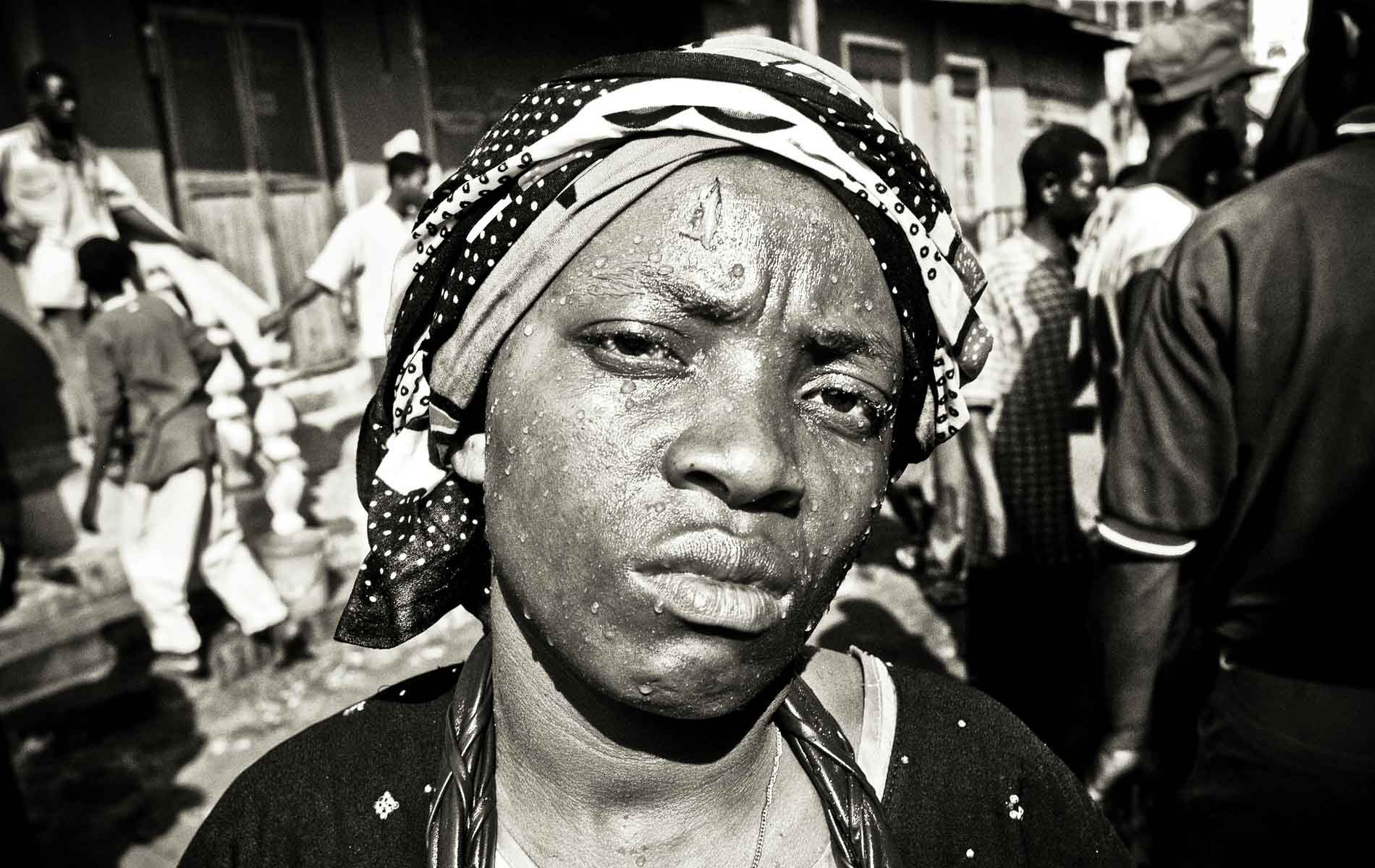

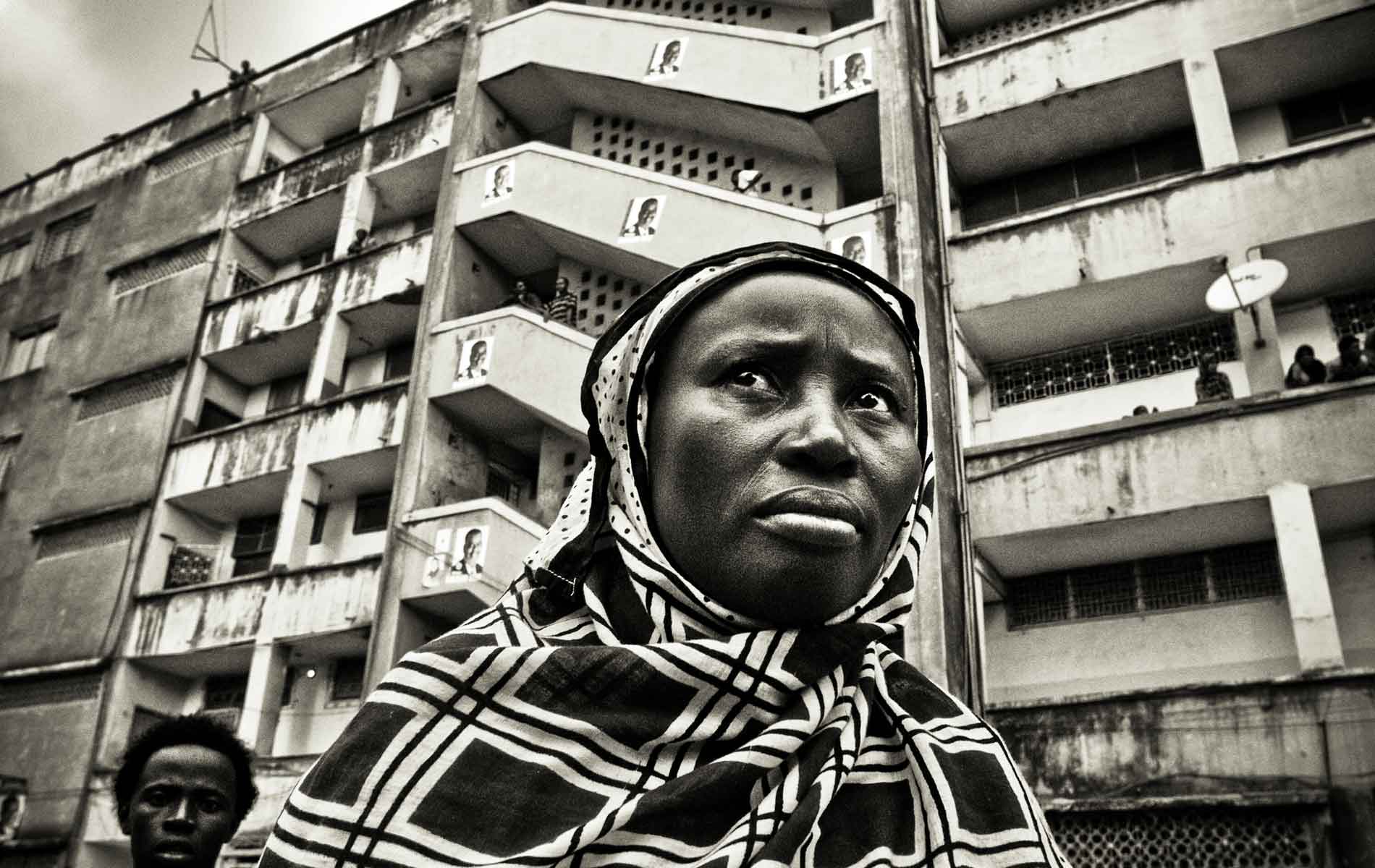









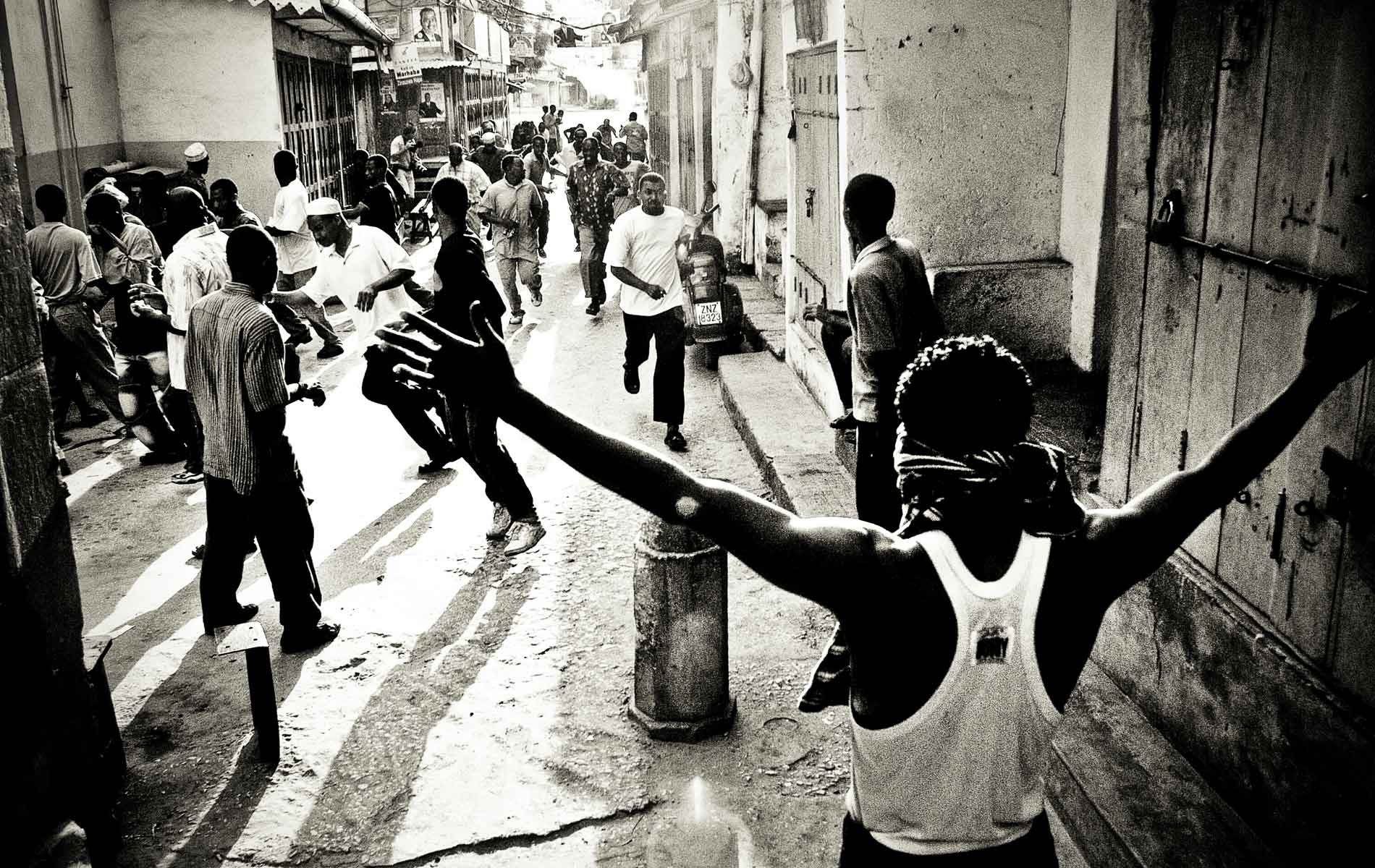
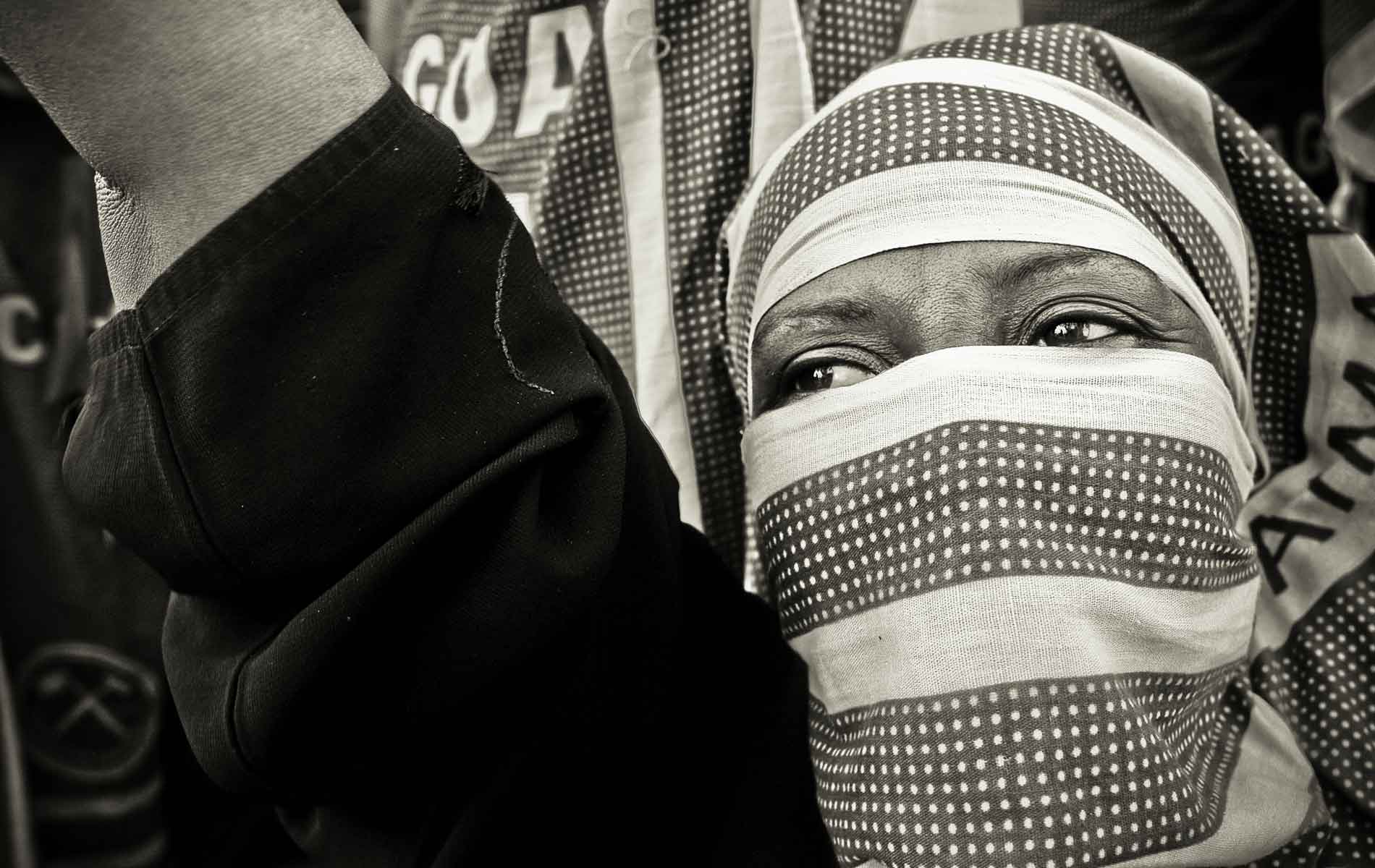
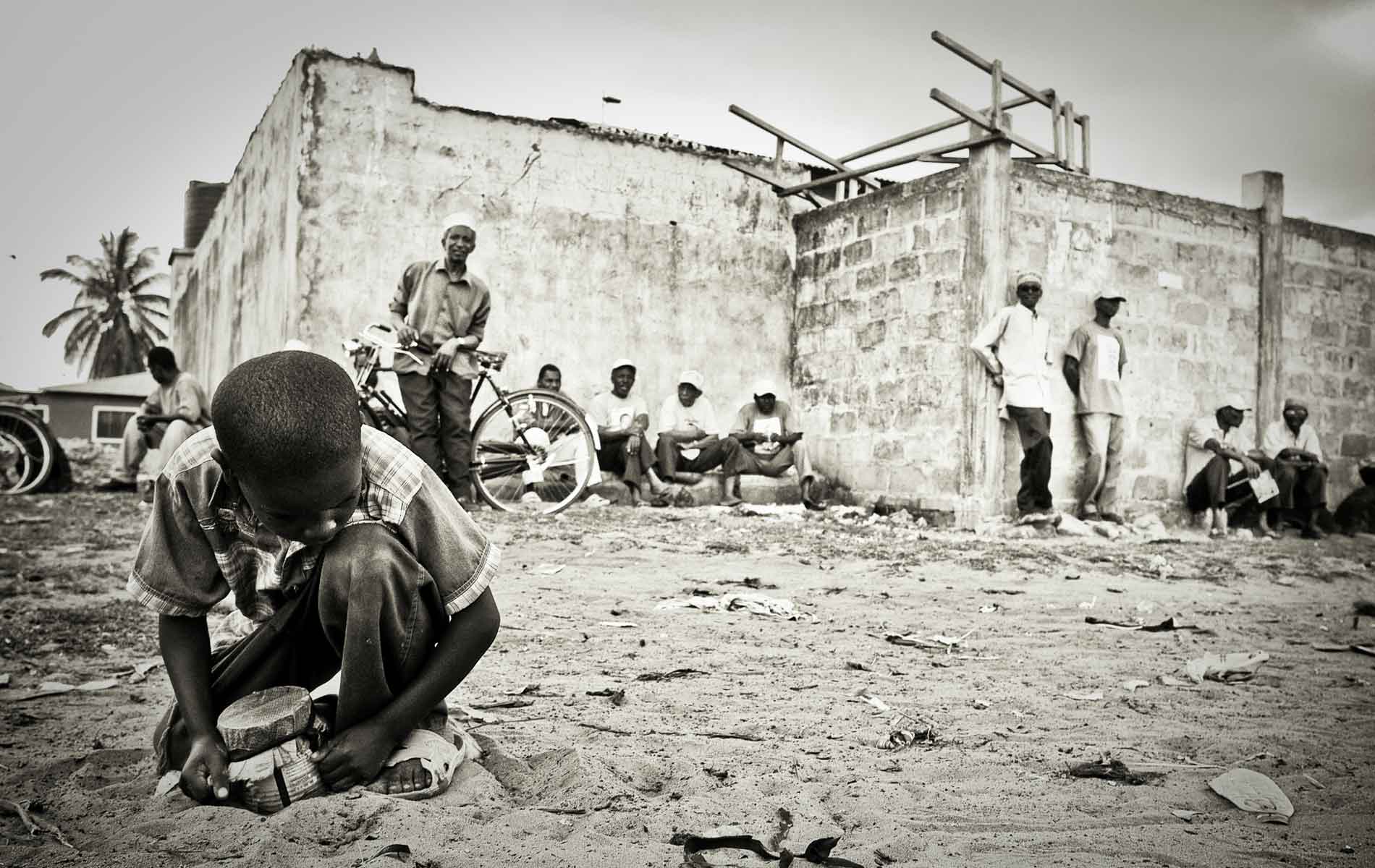









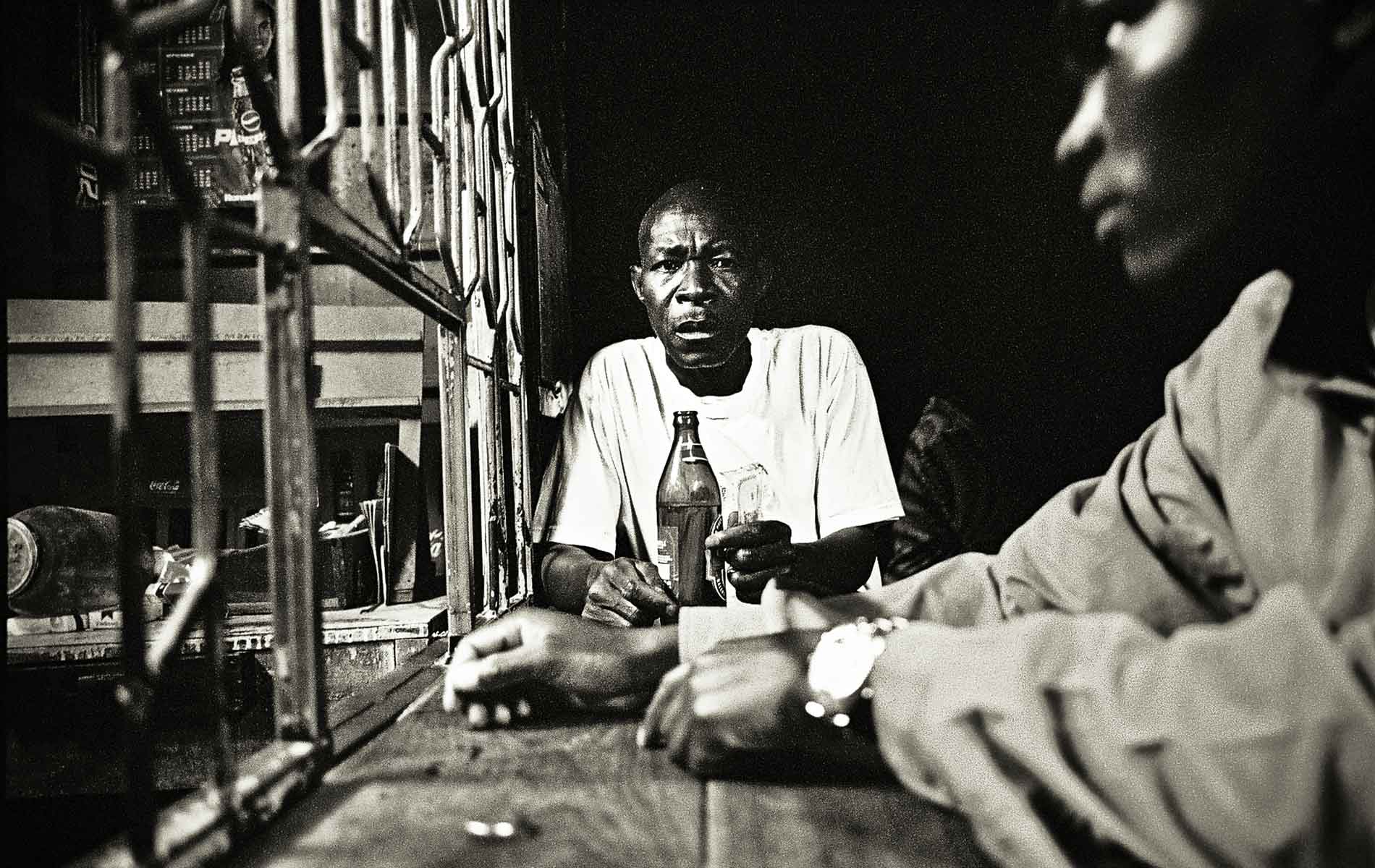
Leave a reply